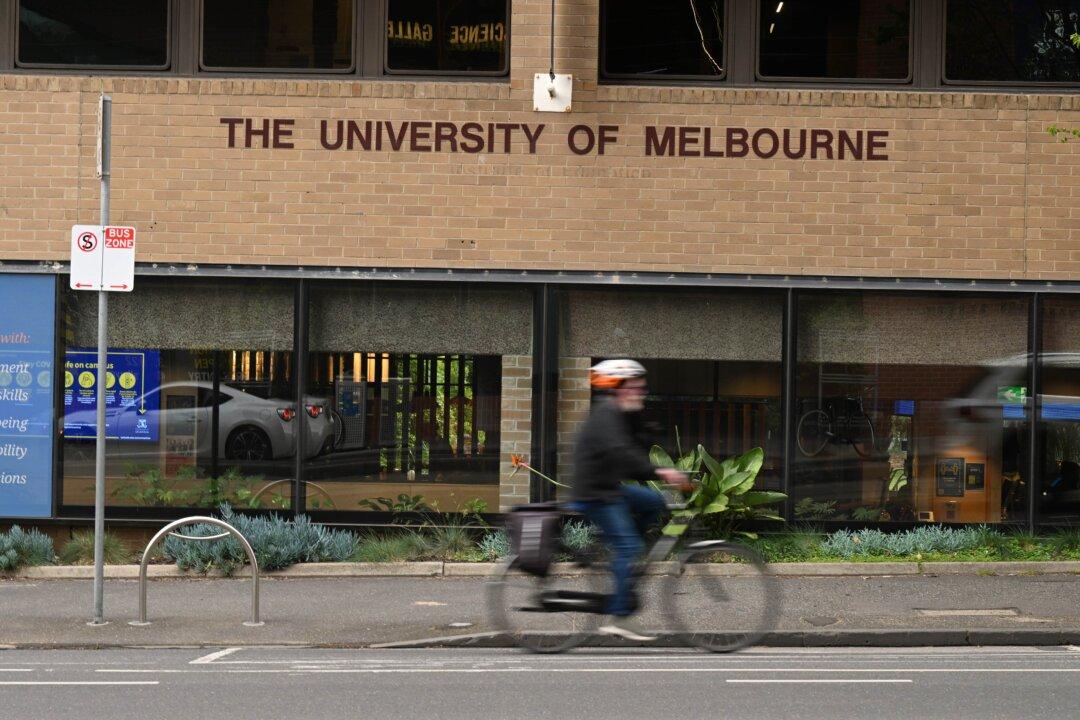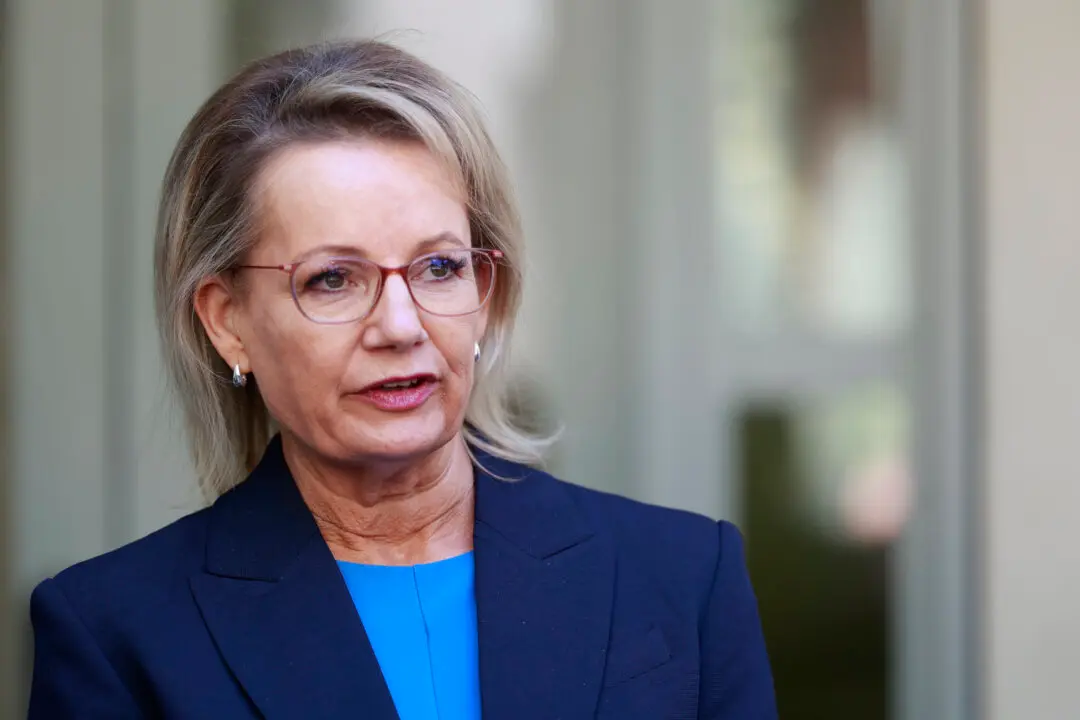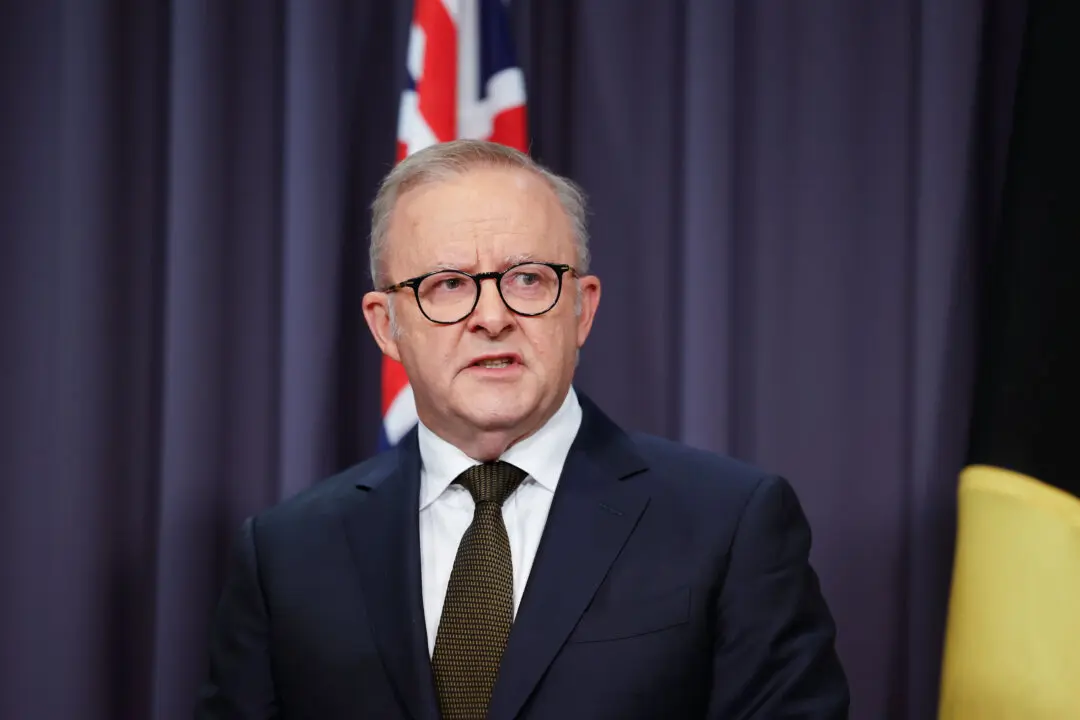Australia’s top universities have seen an overall decline in global rankings, with some institutions experiencing their lowest-ever positions.
The latest Times Higher Education World University Rankings revealed that 17 Australian universities fell in the rankings this year, while only four improved their standings.





